Home>Gardening & Outdoor>Landscaping Ideas>When To Apply Fungicide To Bermuda Grass
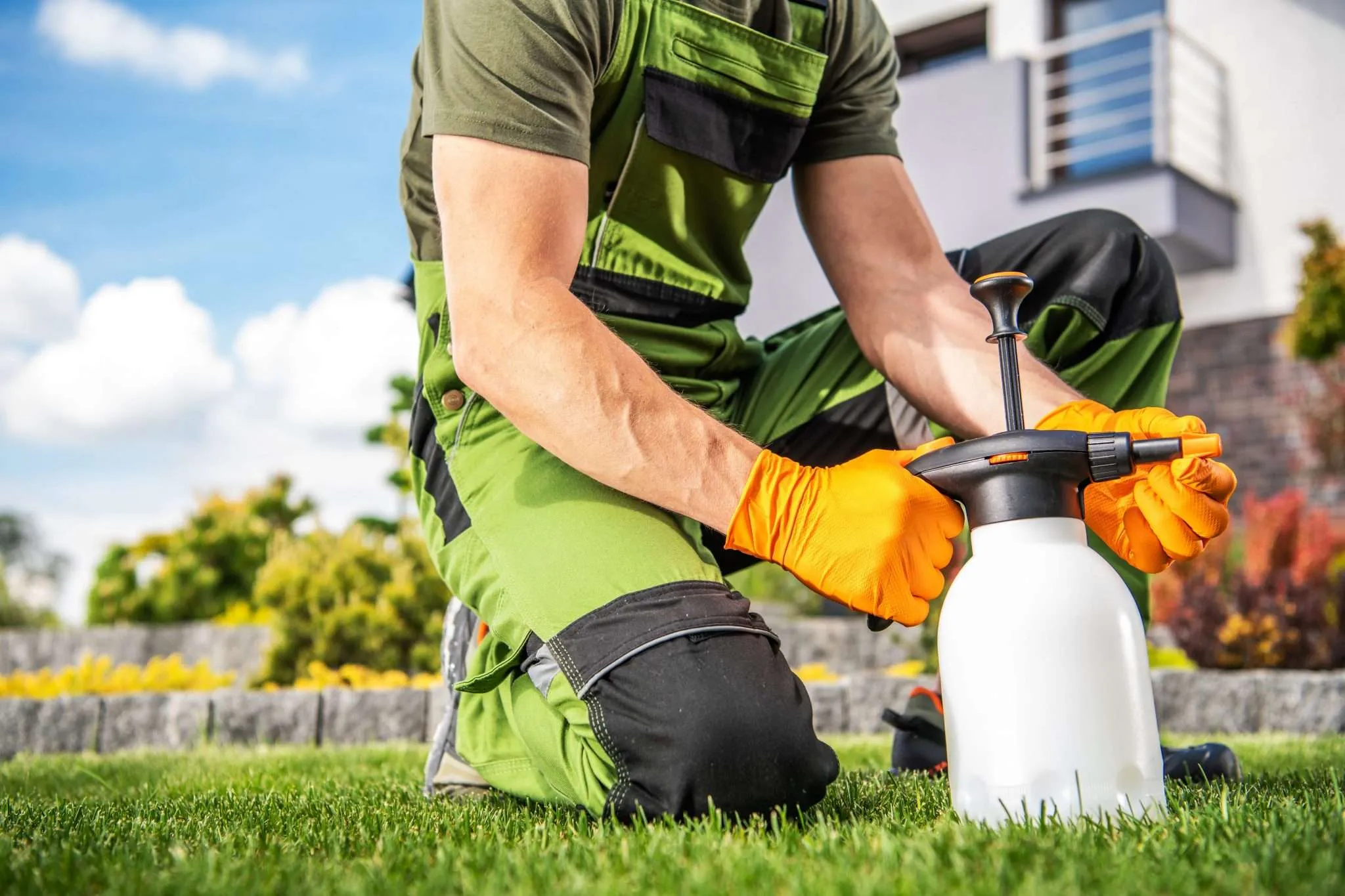

Landscaping Ideas
When To Apply Fungicide To Bermuda Grass
Modified: February 18, 2024
Learn the best timing for applying fungicide to Bermuda grass in your landscaping. Protect your lawn with effective strategies and expert tips.
(Many of the links in this article redirect to a specific reviewed product. Your purchase of these products through affiliate links helps to generate commission for Storables.com, at no extra cost. Learn more)
Introduction
Bermuda grass, known for its resilience and lush appearance, is a popular choice for lawns, sports fields, and golf courses. However, like all living plants, Bermuda grass is susceptible to diseases caused by various fungal pathogens. These diseases can compromise the health and aesthetics of the grass, making it essential for homeowners and groundskeepers to be proactive in their maintenance efforts.
In this comprehensive guide, we will delve into the intricacies of Bermuda grass diseases, explore the factors influencing the application of fungicides, identify the signs of fungal infections, determine the optimal timing for fungicide application, and provide insights into the proper methods of applying fungicides to Bermuda grass. By understanding these key aspects, you will be better equipped to safeguard the vitality and beauty of your Bermuda grass against the threat of fungal diseases.
Let's embark on this enlightening journey to unravel the secrets of maintaining vibrant and disease-free Bermuda grass.
Key Takeaways:
- Protect Your Bermuda Grass
Combat fungal diseases by applying fungicides at the right time, considering weather, grass variety, and past disease history. Vigilance and timely intervention can preserve the health and beauty of your Bermuda grass. - Precision in Fungicide Application
Apply fungicides with care, considering weather, grass growth stage, and equipment calibration. Post-application irrigation and adherence to dosage rates are crucial for safeguarding your Bermuda grass against fungal diseases.
Read more: When To Apply Grass Killer
Understanding Bermuda Grass Diseases
Bermuda grass, scientifically known as Cynodon dactylon, is a warm-season grass prized for its lush, dense growth and excellent heat tolerance. However, despite its robust nature, Bermuda grass is susceptible to several fungal diseases that can compromise its health and appearance.
One common disease that affects Bermuda grass is dollar spot, caused by the fungal pathogen Sclerotinia homoeocarpa. This disease manifests as small, circular, straw-colored spots on the grass blades, ultimately leading to the formation of sunken patches. Another prevalent fungal infection is leaf spot, characterized by the development of small, dark lesions on the grass blades, often resulting in thinning and weakening of the turf.
Additionally, Bermuda grass can fall victim to brown patch, caused by the Rhizoctonia solani fungus, which leads to the emergence of large, irregularly shaped brown patches in the lawn. Furthermore, Pythium blight, a disease triggered by the Pythium aphanidermatum pathogen, can cause rapid wilting and browning of the grass, particularly in humid conditions.
Understanding these diseases is crucial for effectively managing Bermuda grass health. By recognizing the symptoms and characteristics of each disease, homeowners and turf managers can implement targeted prevention and treatment strategies to mitigate the impact of fungal infections.
As we continue our exploration, we will delve deeper into the factors that influence the application of fungicides to combat these detrimental diseases and preserve the vitality of Bermuda grass.
Factors Affecting Fungicide Application
When considering the application of fungicides to combat diseases in Bermuda grass, several crucial factors come into play, influencing the effectiveness and necessity of fungicidal treatment.
- Weather Conditions: The prevailing weather greatly impacts the development and spread of fungal diseases. Warm, humid conditions create an ideal environment for fungal pathogens to thrive, making Bermuda grass more susceptible to infections. Monitoring weather patterns and forecasting potential disease-conducive conditions is vital in determining the timing and frequency of fungicide application.
- Cultural Practices: Proper lawn maintenance practices, such as mowing at the appropriate height, ensuring adequate soil drainage, and implementing balanced fertilization, play a significant role in preventing fungal diseases. Well-maintained turf exhibits greater resilience against infections, reducing the reliance on fungicidal treatments.
- Turfgrass Variety: Different varieties of Bermuda grass exhibit varying levels of resistance to fungal diseases. Selecting disease-resistant cultivars can mitigate the risk of infections and minimize the need for frequent fungicide applications.
- Past Disease History: Understanding the disease history of the lawn provides valuable insights into the potential recurrence of specific fungal infections. If the grass has previously suffered from recurring diseases, proactive fungicide application may be warranted to prevent future outbreaks.
- Fungicide Selection: Choosing the appropriate fungicide tailored to the specific fungal pathogens affecting Bermuda grass is crucial. Different fungicides have varying modes of action and effectiveness against particular diseases, necessitating a targeted approach to achieve optimal results.
By considering these influential factors, homeowners and turf managers can make informed decisions regarding the application of fungicides, ensuring that their Bermuda grass remains resilient and healthy in the face of potential disease threats.
Signs of Fungal Infection in Bermuda Grass
Recognizing the early signs of fungal infection in Bermuda grass is pivotal in implementing timely and effective intervention strategies to mitigate the spread and impact of diseases. By closely monitoring the turf for telltale symptoms, homeowners and groundskeepers can promptly address potential fungal threats, preserving the health and vibrancy of the grass.
Common indicators of fungal infections in Bermuda grass include:
- Discolored Patches: The emergence of discolored patches on the lawn, ranging from light brown to straw-colored or even reddish hues, can signify the presence of fungal diseases such as dollar spot or brown patch. These patches may initially appear small and isolated but can rapidly expand if left untreated.
- Thinning and Weakening: Fungal infections often lead to the thinning and weakening of the grass, causing it to lose its lush density and resilience. Affected areas may exhibit stunted growth and increased susceptibility to environmental stressors, indicating the detrimental impact of fungal pathogens.
- Prominent Lesions: The development of conspicuous lesions on the grass blades, characterized by dark or discolored spots, is a common manifestation of diseases like leaf spot and Pythium blight. These lesions may spread across the turf, contributing to the overall decline in grass health.
- Unusual Texture and Growth Patterns: Fungal infections can alter the texture and growth patterns of Bermuda grass, resulting in abnormal or distorted turf appearance. Irregular growth, unusual tufting, and atypical grass texture may signal an underlying fungal disease that warrants immediate attention.
By remaining vigilant and attentive to these signs, individuals can proactively address fungal infections, potentially preventing extensive damage and promoting the recovery of the Bermuda grass. Timely intervention, coupled with the application of appropriate fungicidal treatments, can significantly mitigate the impact of fungal diseases, fostering the revitalization of the turf.
As we delve deeper into the optimal timing for fungicide application, it is essential to understand the importance of leveraging these insights to safeguard the health and vitality of Bermuda grass.
Apply fungicide to Bermuda grass when conditions are favorable for disease development, such as high humidity and warm temperatures. It’s best to apply preventatively before symptoms appear.
Best Timing for Fungicide Application
Timing is critical when it comes to applying fungicides to Bermuda grass to effectively combat fungal diseases and protect the turf from potential infections. The optimal timing for fungicide application is influenced by various factors, including the specific disease threats, prevailing weather conditions, and the growth stage of the grass.
For preventative fungicide applications, targeting the period before the onset of favorable conditions for disease development is paramount. This proactive approach aims to create a protective barrier against potential infections, bolstering the grass’s resilience and minimizing the risk of disease outbreaks. Preemptive fungicide treatments are typically recommended during the transition from spring to summer, coinciding with the onset of warm, humid weather that can exacerbate fungal disease proliferation.
Furthermore, curative fungicide applications, intended to address existing fungal infections, should be timed to coincide with the early stages of disease development. Identifying the initial signs of fungal infection, such as the emergence of discolored patches or lesions, prompts the immediate application of curative fungicides to halt the progression of the disease and facilitate the recovery of the affected Bermuda grass.
Understanding the life cycle and growth patterns of Bermuda grass is instrumental in determining the best timing for fungicide application. As the grass undergoes periods of active growth and dormancy, the susceptibility to fungal diseases fluctuates, necessitating strategic fungicidal treatments tailored to the grass’s physiological state.
Additionally, aligning fungicide applications with periods of low stress and optimal growth conditions for Bermuda grass can enhance the efficacy of the treatments, allowing the turf to better assimilate the protective and remedial properties of the fungicides.
By meticulously assessing these factors and adhering to a well-defined fungicide application schedule, homeowners and turf managers can fortify the defenses of Bermuda grass against fungal diseases, ensuring its enduring health and vitality.
As we transition to exploring the application techniques and considerations for applying fungicides to Bermuda grass, it is imperative to grasp the significance of strategic timing in maximizing the efficacy of fungicidal treatments.
Read more: When To Apply Fertilizer To Grass
Applying Fungicide to Bermuda Grass
When it comes to applying fungicides to Bermuda grass, precision, and adherence to best practices are paramount to achieve optimal results in disease prevention and management. Whether utilizing liquid formulations or granular products, the application process demands careful consideration of several key factors to ensure the effective distribution and absorption of the fungicidal treatments.
Before initiating the application, it is imperative to thoroughly assess the extent of the fungal infection and identify the specific pathogens responsible for the disease. This targeted approach enables the selection of fungicides tailored to combat the prevailing fungal threats, maximizing the efficacy of the treatment while minimizing the environmental impact.
Proper calibration of application equipment, whether employing sprayers for liquid fungicides or spreaders for granular formulations, is essential to achieve uniform coverage across the entire lawn. Ensuring an even distribution of the fungicidal product facilitates consistent protection against fungal diseases and promotes the equitable absorption of the treatment by the Bermuda grass.
Weather conditions play a pivotal role in the application process, as the ideal timing for fungicide application often coincides with periods of relative calm, minimal wind, and anticipated dry weather to facilitate optimal adherence and absorption of the fungicidal treatments. Applying fungicides during the early morning or late afternoon, when temperatures are moderate, can enhance the efficacy of the treatments and minimize potential environmental stress on the grass.
Post-application irrigation, aimed at activating and integrating the fungicides into the turf, is a critical step in the process. Providing adequate moisture following fungicide application promotes the penetration of the treatment into the soil and grass, fortifying the Bermuda grass’s defenses against fungal diseases and fostering sustained protection.
Furthermore, adhering to recommended reapplication intervals and dosage rates specified by fungicide manufacturers is vital to maintain the efficacy of the treatments and sustain the resilience of Bermuda grass against potential disease threats.
By meticulously executing the application process and upholding these fundamental principles, homeowners and turf managers can effectively safeguard the health and beauty of Bermuda grass, mitigating the impact of fungal diseases and nurturing a thriving and resilient turf.
As we conclude our exploration, it is evident that the judicious application of fungicides is an indispensable component of comprehensive Bermuda grass care, ensuring its enduring vitality and aesthetic appeal.
Conclusion
In the realm of Bermuda grass maintenance, combating fungal diseases through strategic fungicide application is a pivotal aspect of preserving the lushness and resilience of the turf. By delving into the intricate nuances of Bermuda grass diseases, understanding the influential factors shaping fungicide application, and discerning the signs of fungal infections, homeowners and turf managers can fortify their efforts in safeguarding the health and vitality of their lawns.
Recognizing the critical role of timing in fungicide application, whether as a preemptive measure or a curative intervention, empowers individuals to proactively protect Bermuda grass from the perils of fungal diseases. Leveraging insights into the best timing for fungicide application enables the implementation of targeted treatments aligned with the grass’s growth stages and susceptibility to infections, fostering enduring resilience against potential disease threats.
Furthermore, the meticulous application of fungicides to Bermuda grass demands precision, adherence to best practices, and a keen understanding of the grass’s unique characteristics. By calibrating application equipment, considering weather conditions, and facilitating post-application irrigation, individuals can optimize the efficacy of fungicidal treatments, nurturing a vibrant and disease-resistant turf.
As we conclude this enlightening journey into the realm of Bermuda grass care, it is evident that the judicious application of fungicides serves as a cornerstone of comprehensive disease management and maintenance. By integrating these insights into their lawn care practices, individuals can cultivate thriving Bermuda grass landscapes, resilient against the encroachment of fungal diseases and exuding timeless beauty and vitality.
Armed with these invaluable insights, homeowners and turf managers are poised to embark on a journey of unwavering stewardship, ensuring that their Bermuda grass flourishes in the face of potential disease threats, embodying the enduring allure of a vibrant and resilient landscape.
Frequently Asked Questions about When To Apply Fungicide To Bermuda Grass
Was this page helpful?
At Storables.com, we guarantee accurate and reliable information. Our content, validated by Expert Board Contributors, is crafted following stringent Editorial Policies. We're committed to providing you with well-researched, expert-backed insights for all your informational needs.
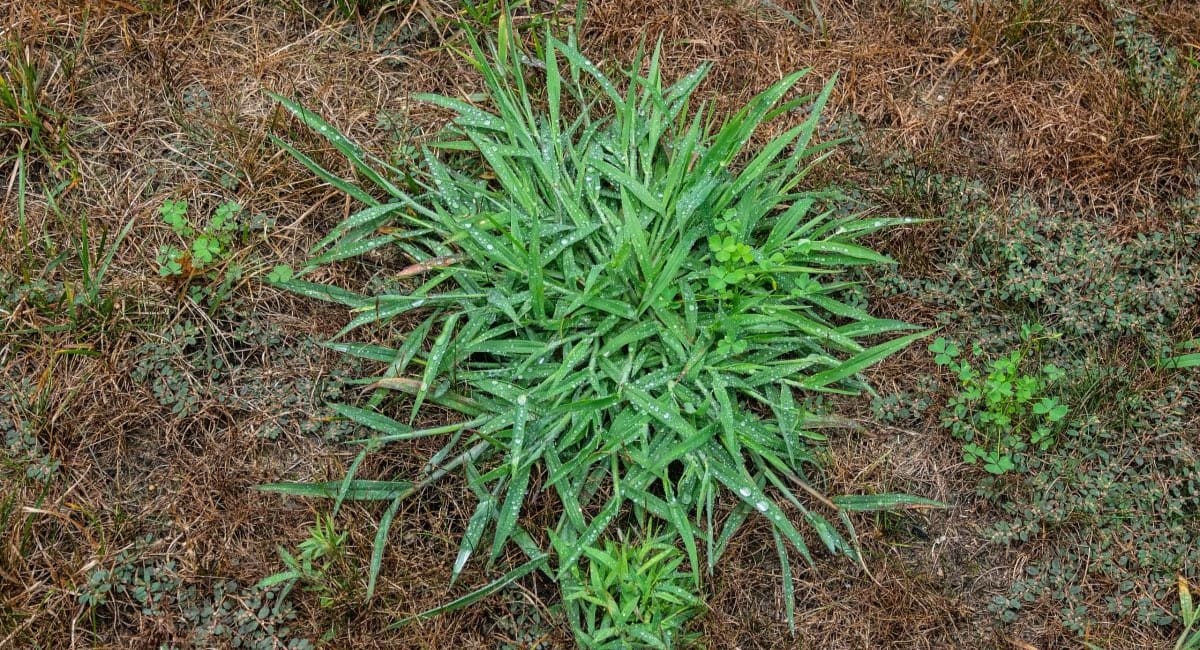
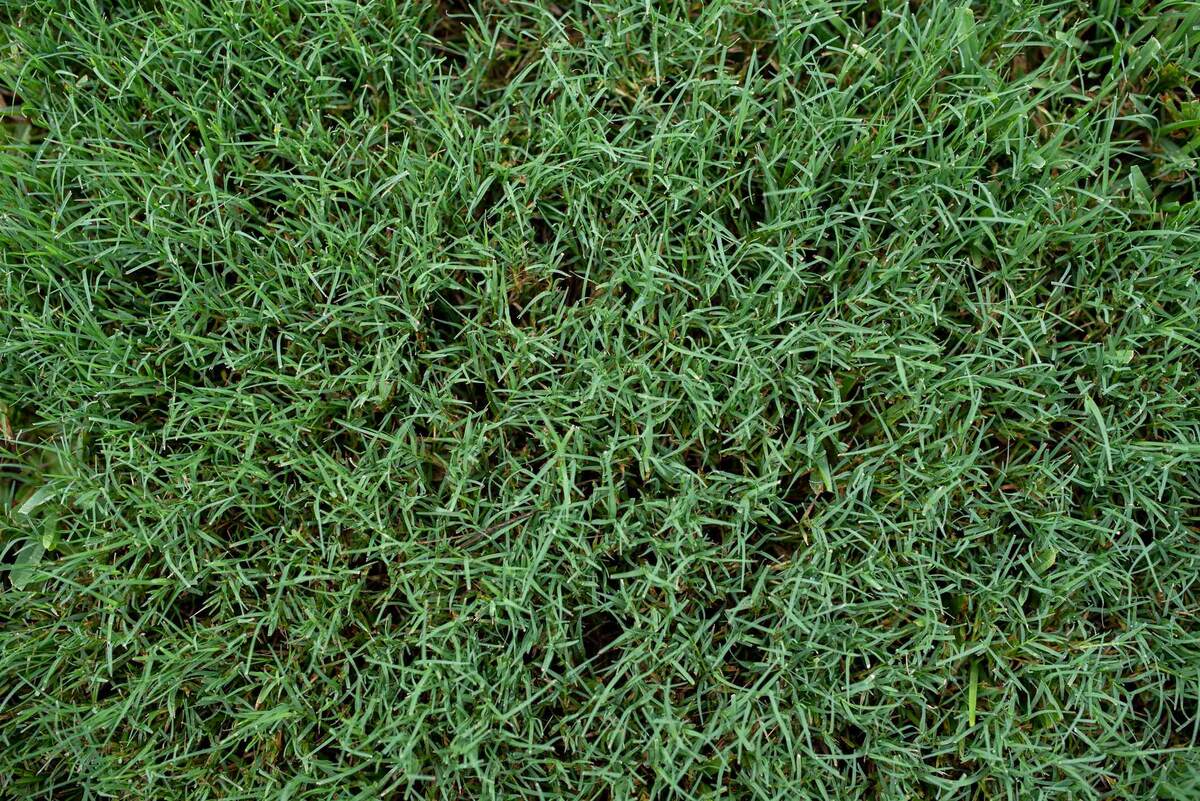
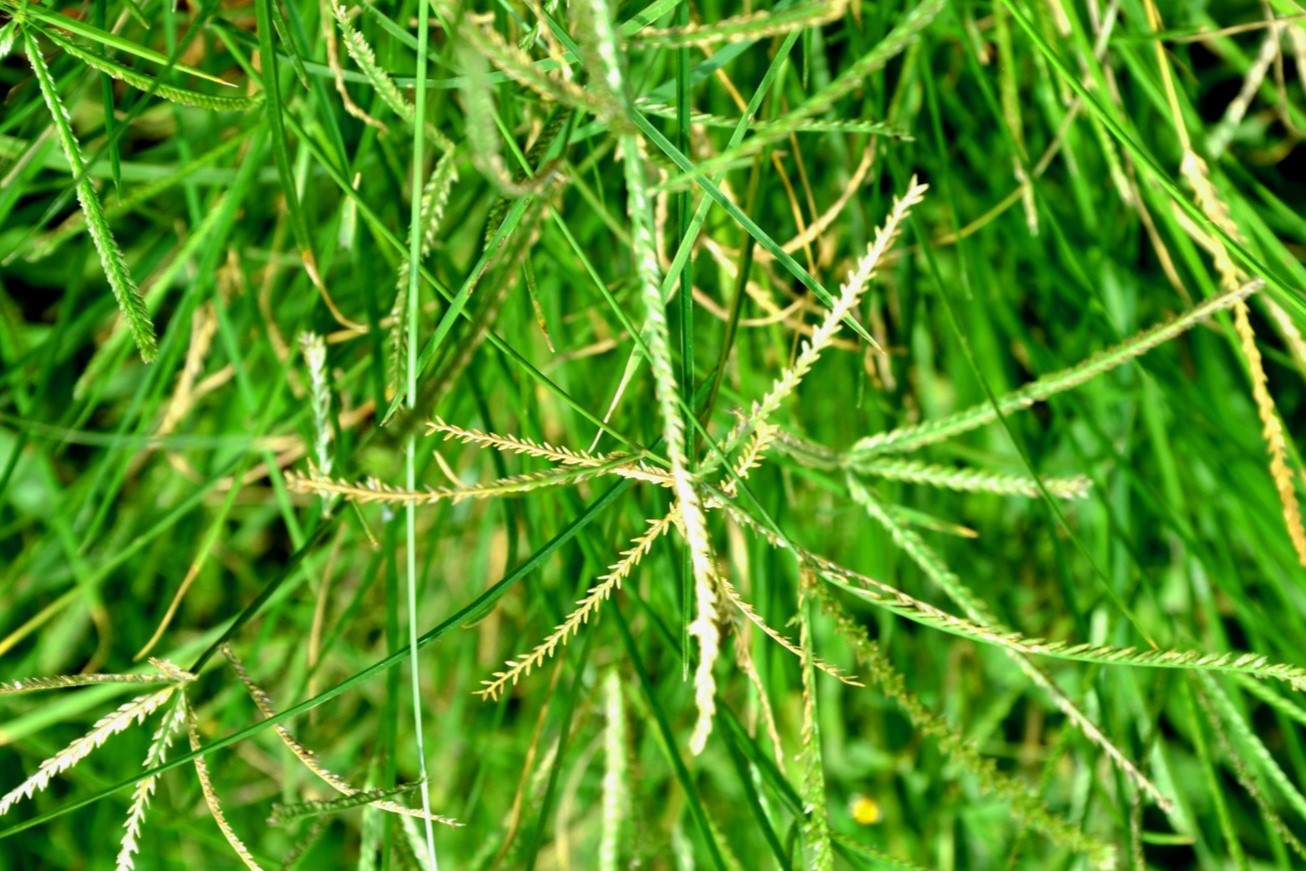
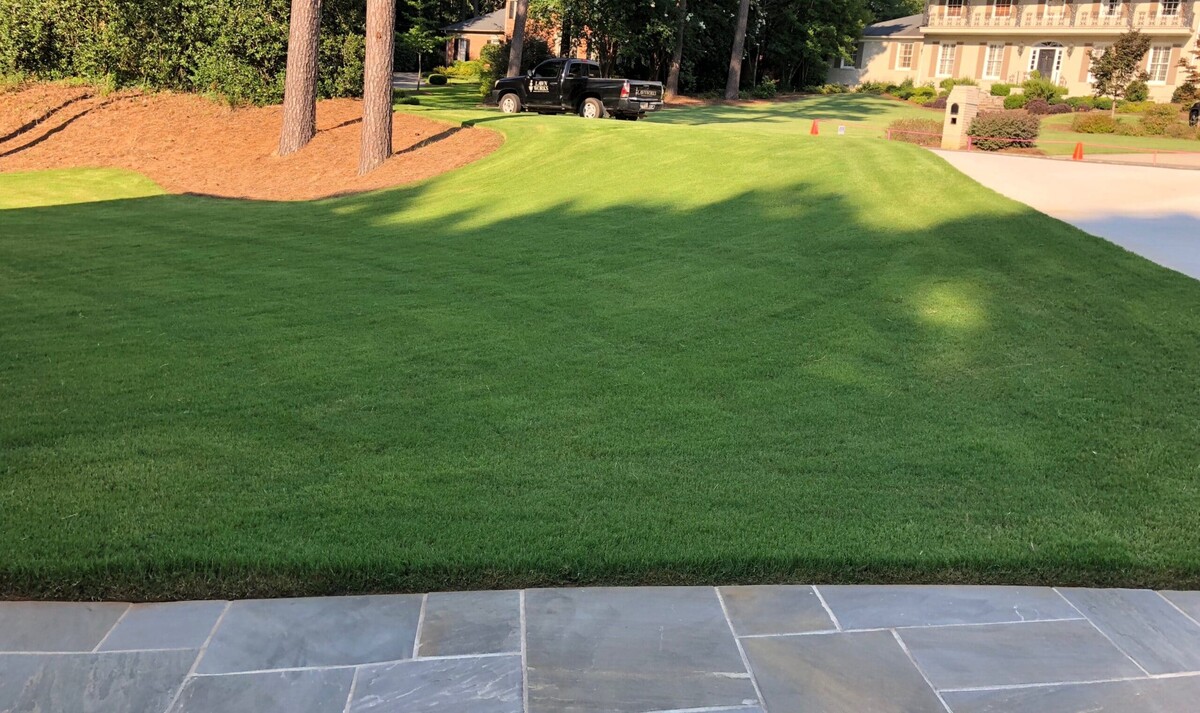
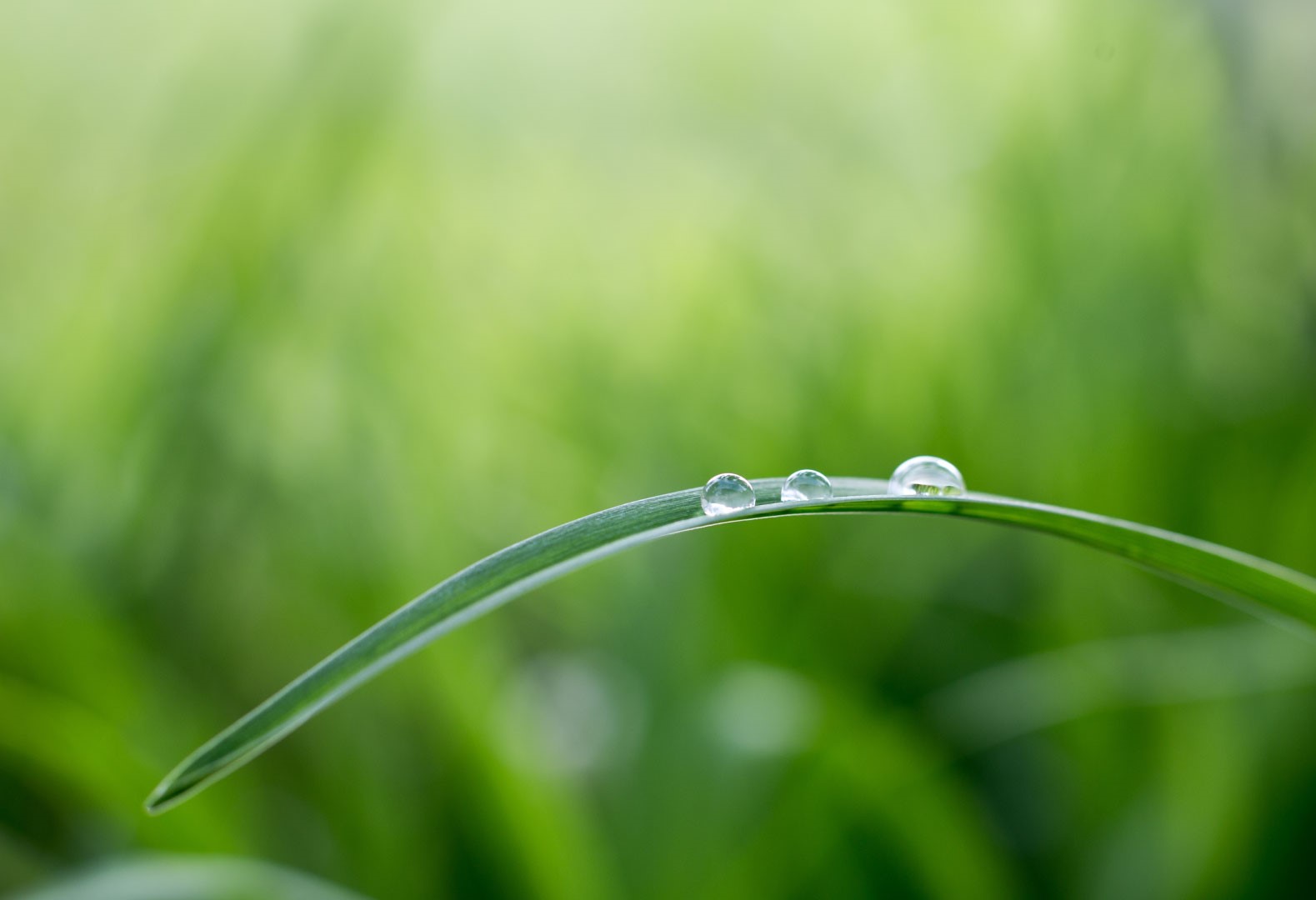
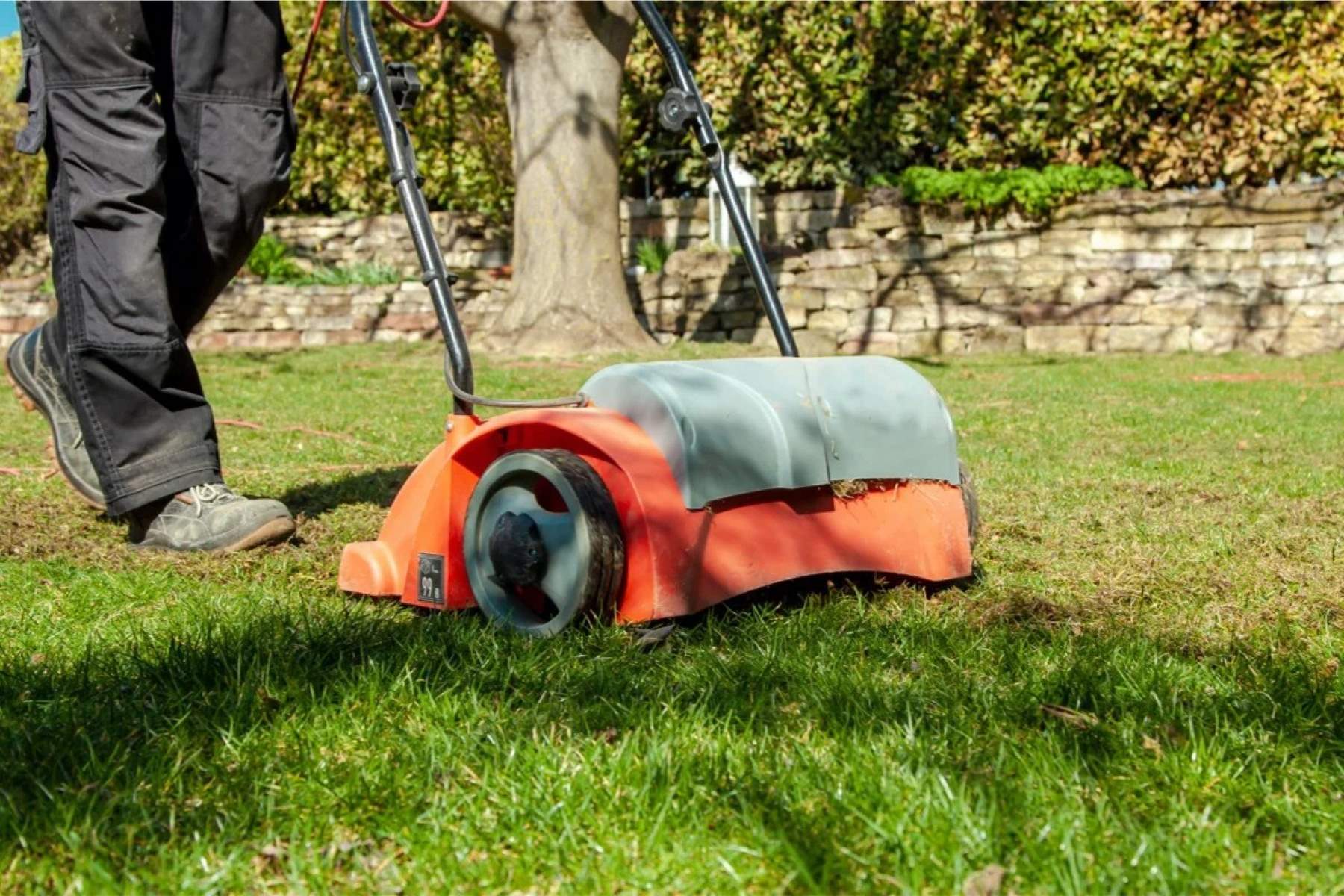
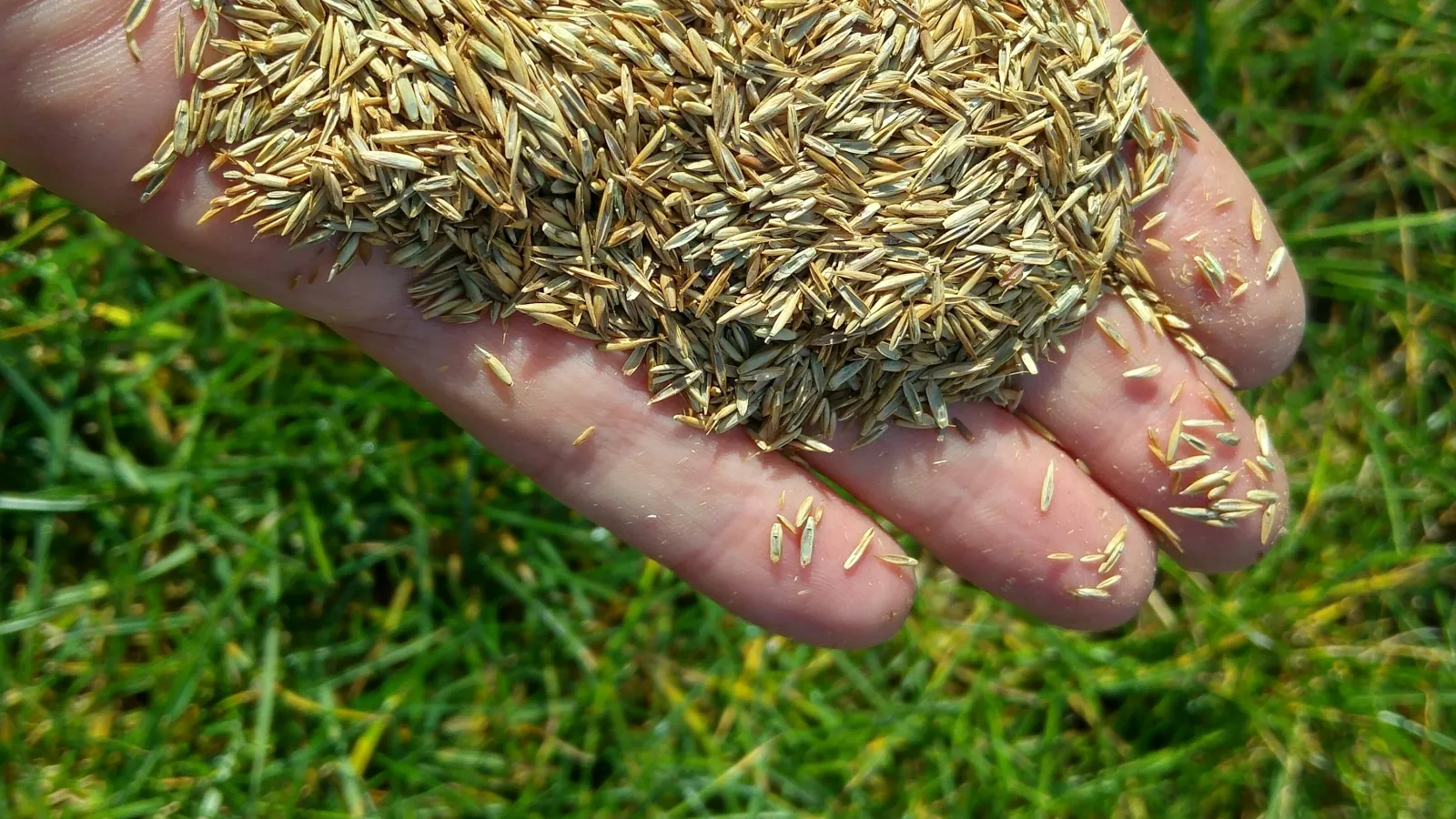


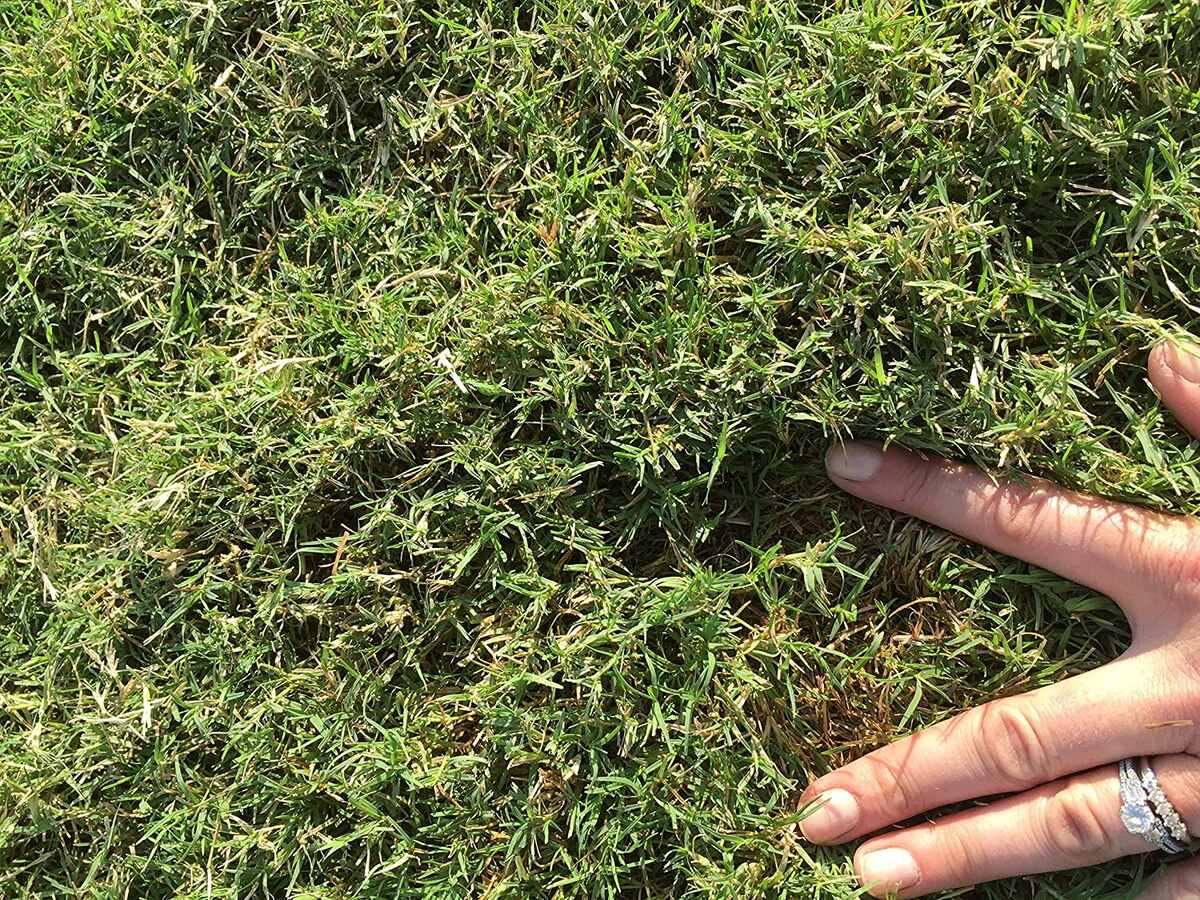
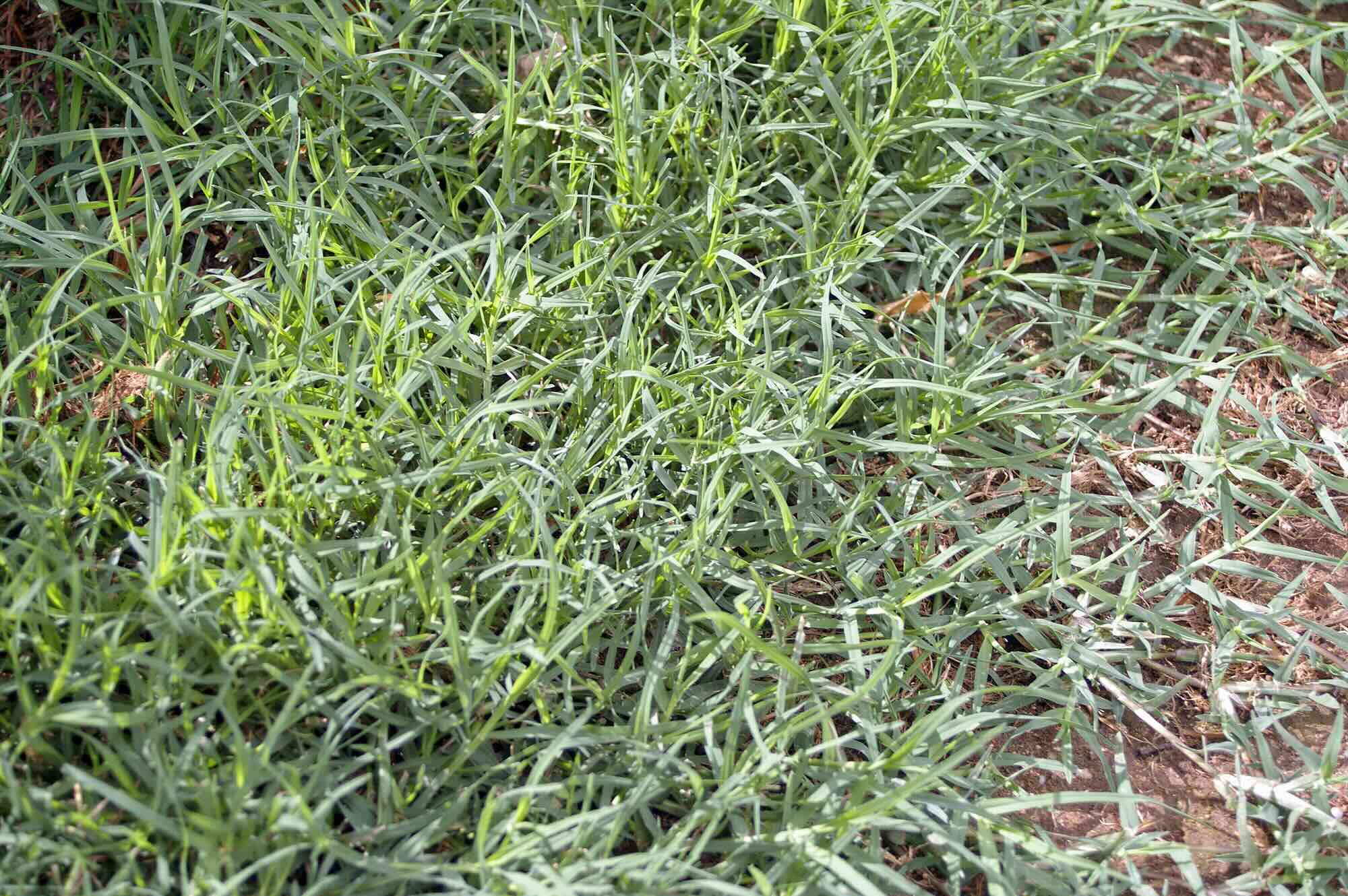
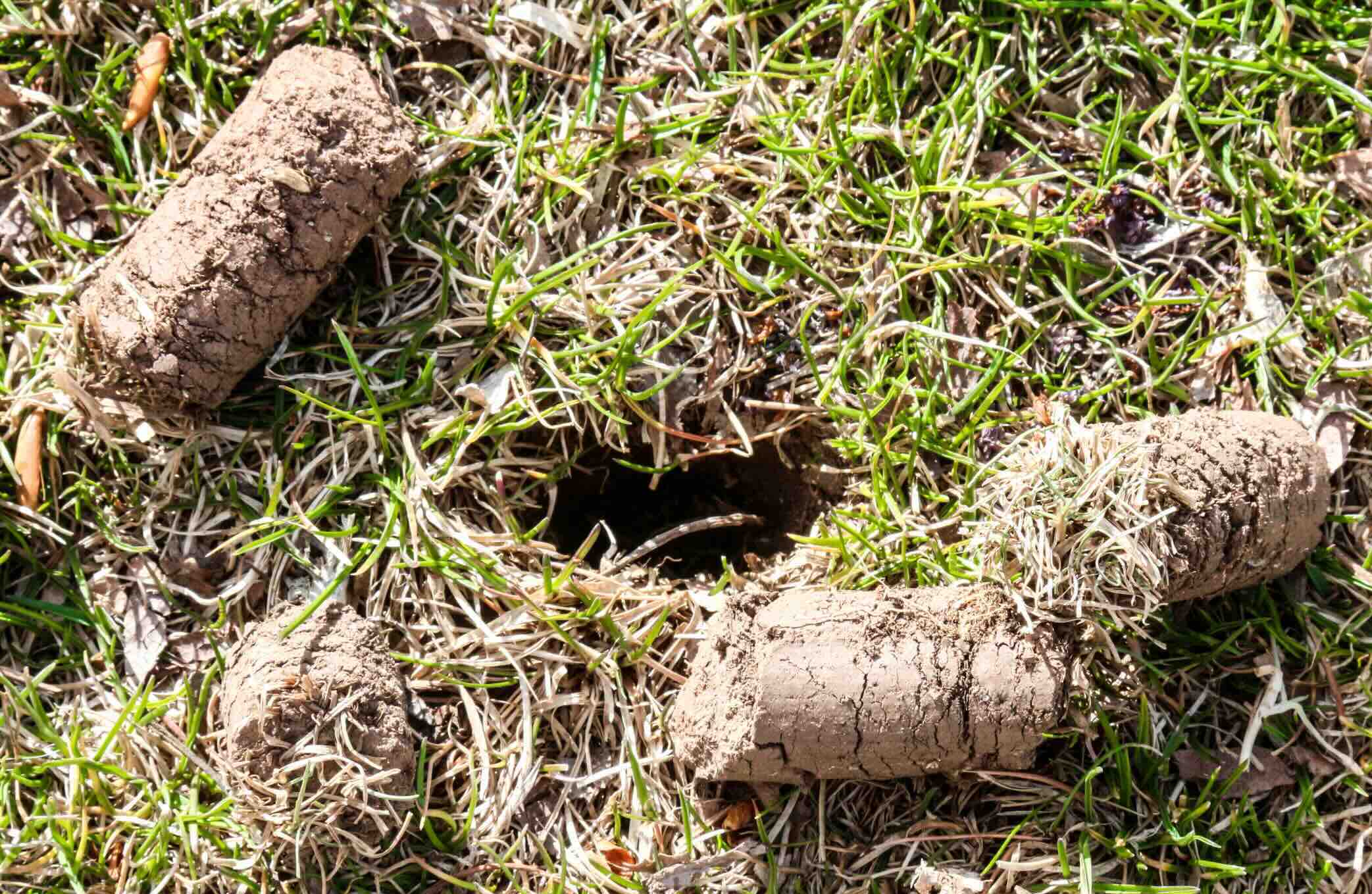
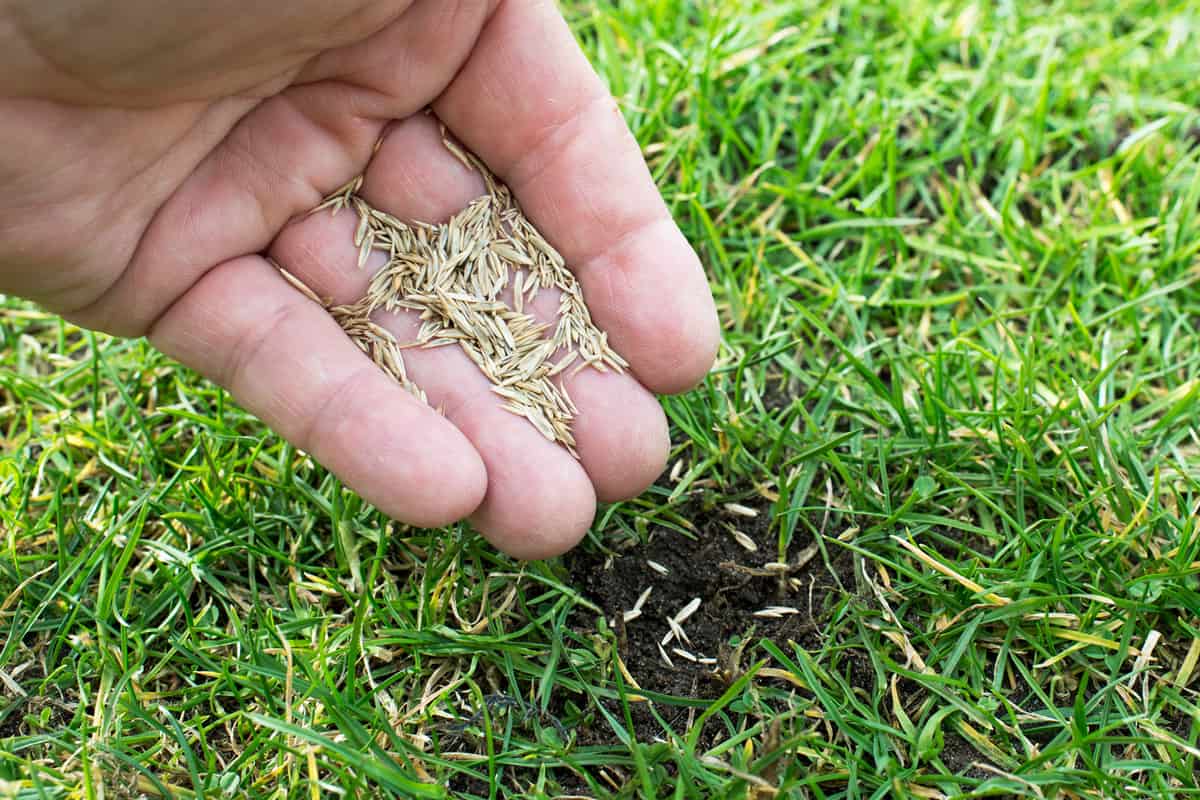
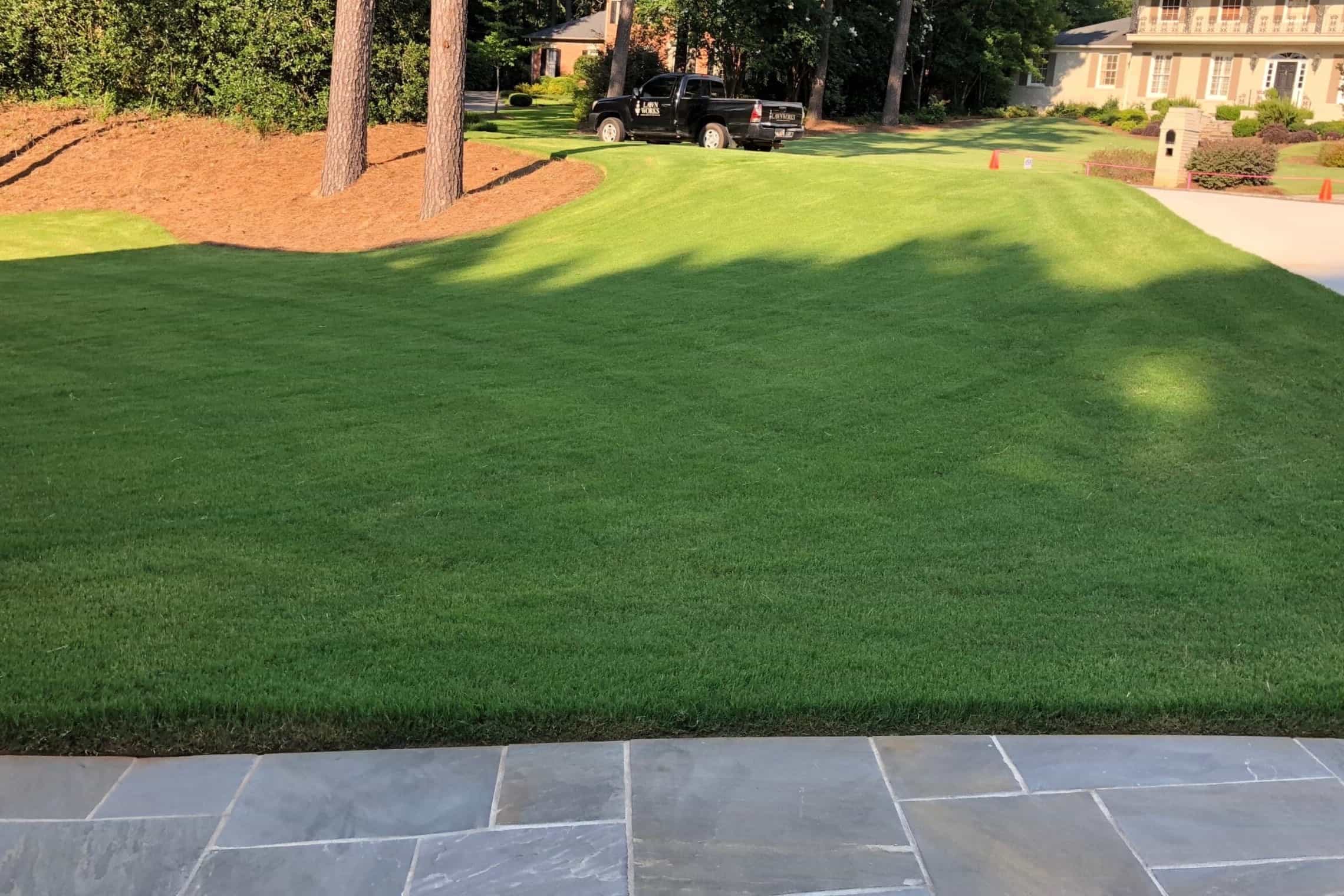

0 thoughts on “When To Apply Fungicide To Bermuda Grass”